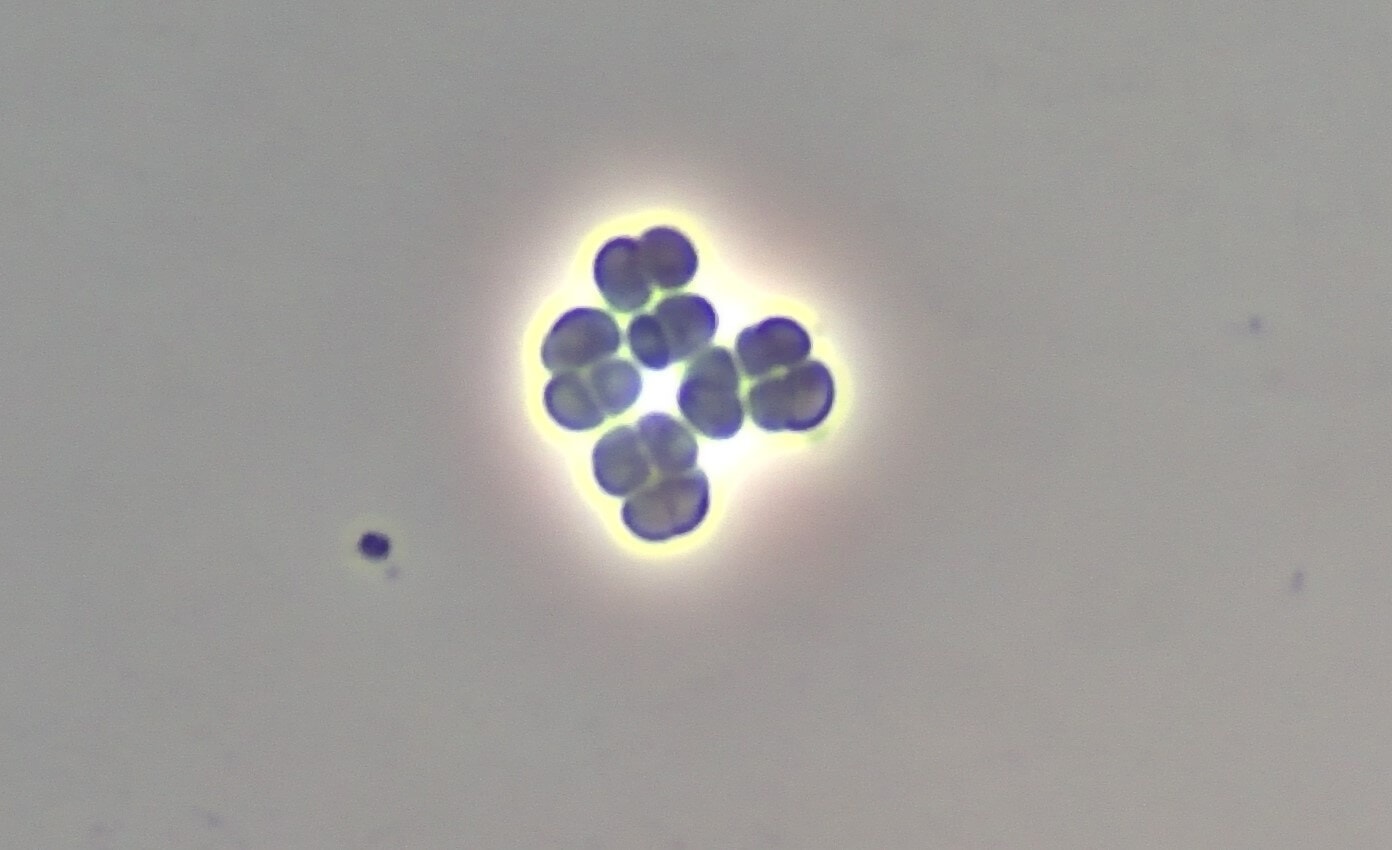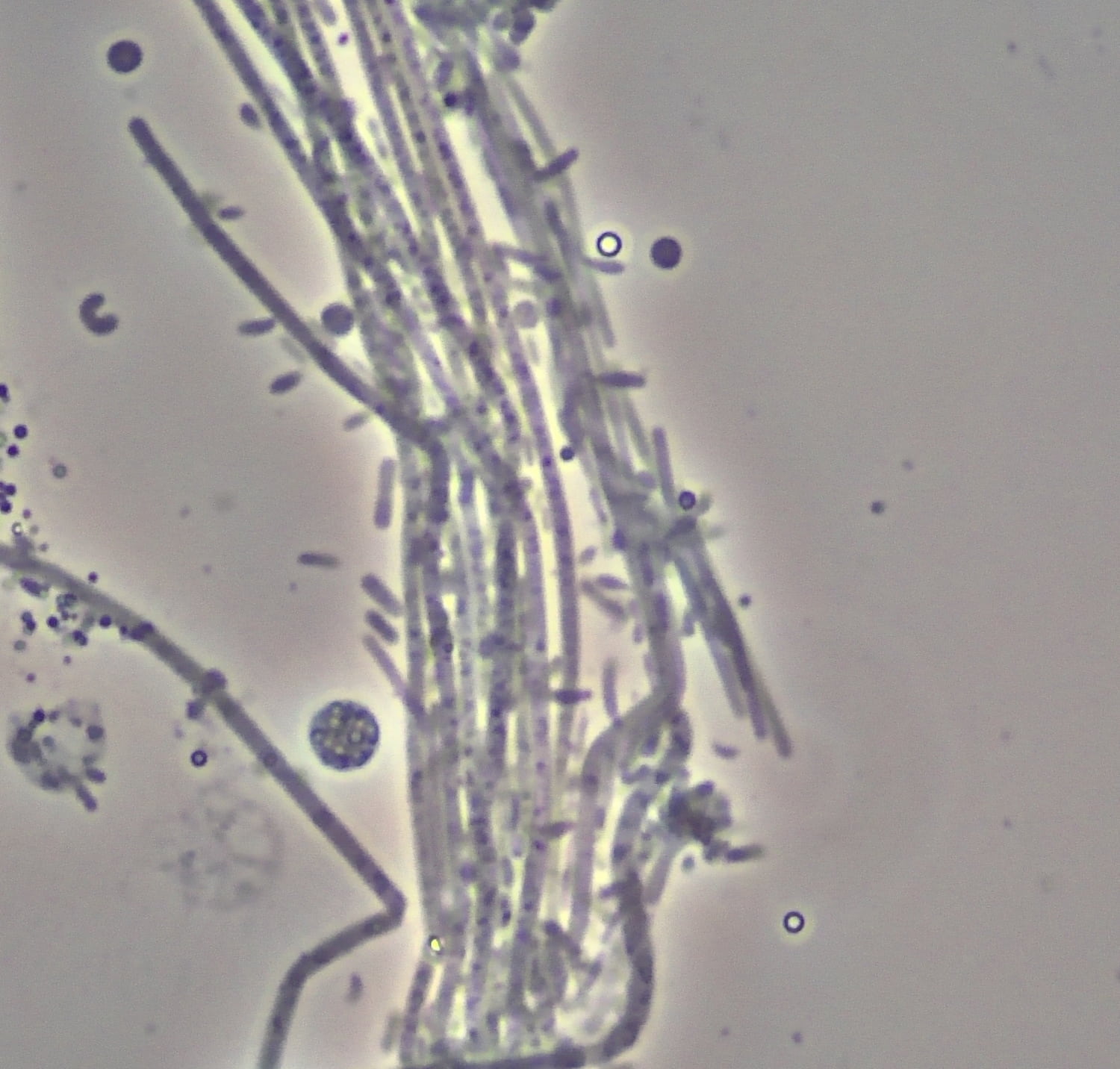Reference Library
High Sludge Retention Time (SRT) Values: SRT is a calculation of the theoretical time the average microbe remains in a biological wastewater treatment process. There are two recognized filamentous bacteria morphotypes that are correlated with elevated SRT values. Note that low food to microorganism ratio (low F/M) often but does not always accompany high SRT.


Shape:
Septa:
Sulfur Granules:
Sheath:
Branching:
Description
Groupings of four cell clustered together. Associated with organic acid substrate, commonly favoring higher SRT (sludge retention time) values.


Shape:
Septa:
Sulfur Granules:
Sheath:
Branching:
Description
Often forms "bundles/twisted ropes". Often has attached growth.


Shape:
Septa:
Sulfur Granules:
Sheath:
Branching:
Description
“Grainy” appearance. Often has attached growth.
